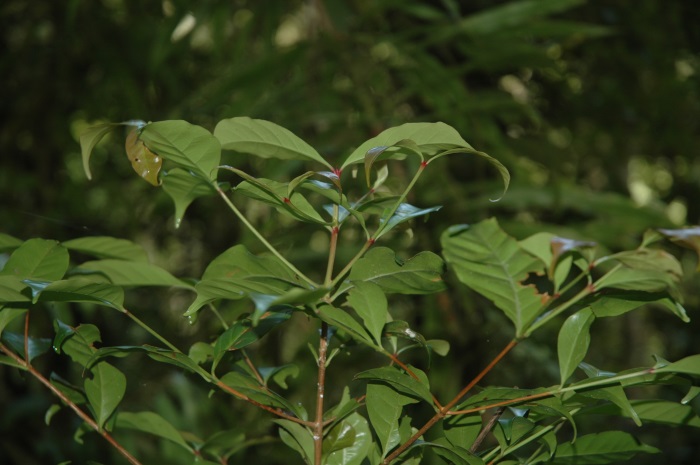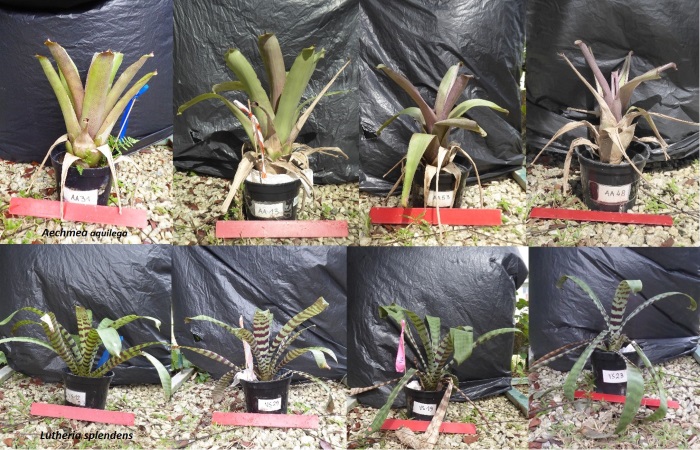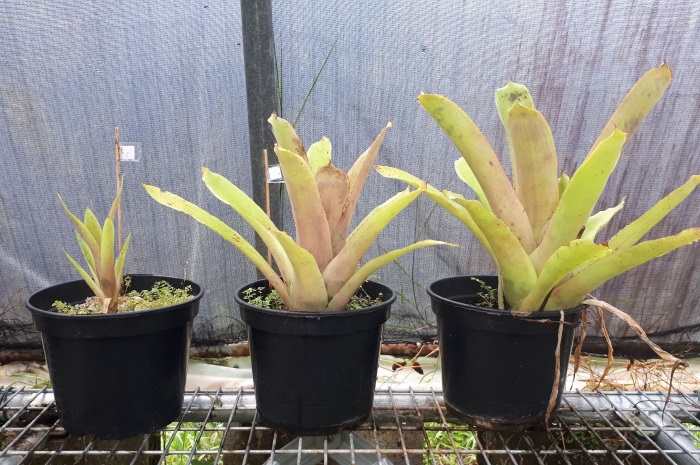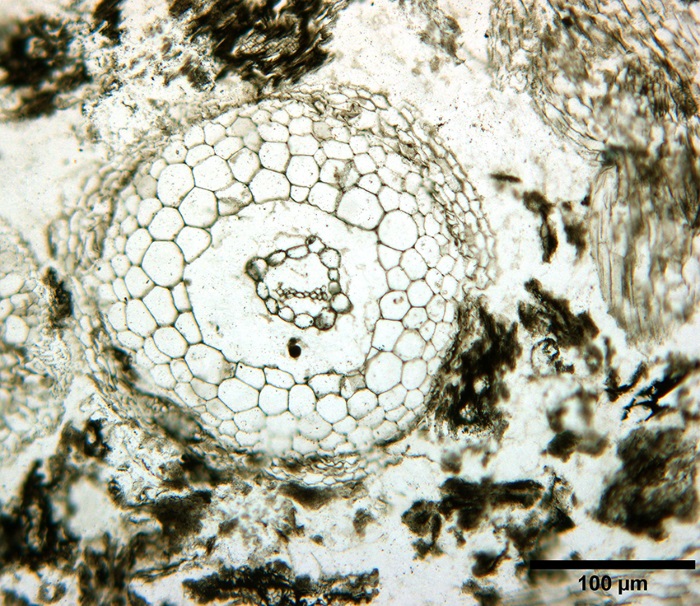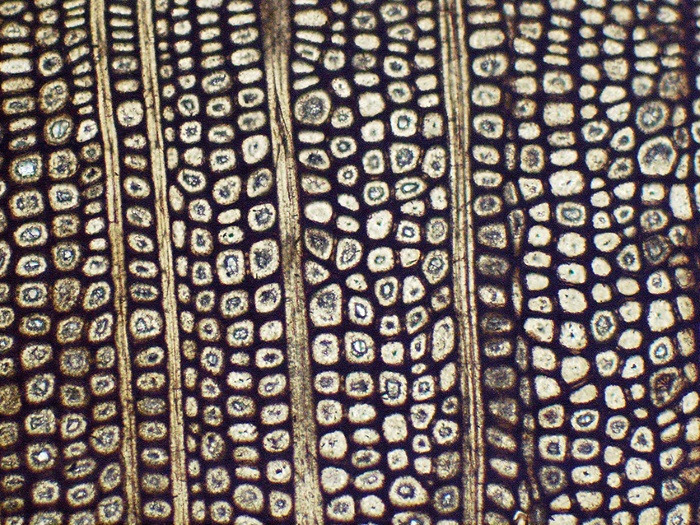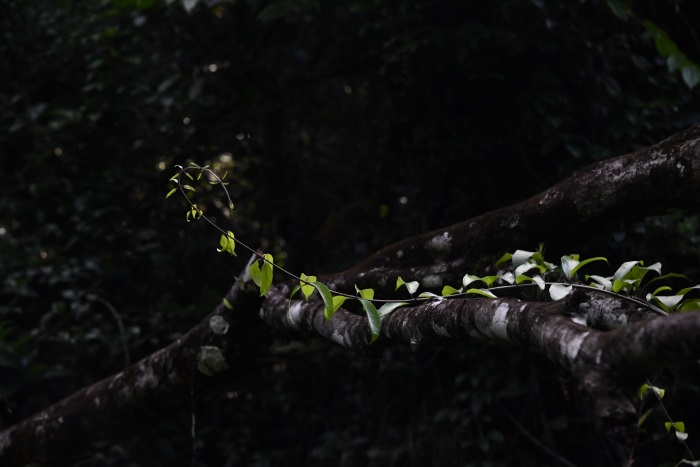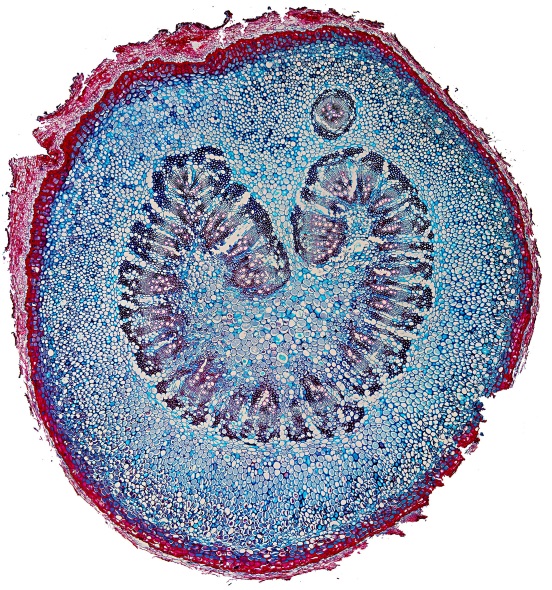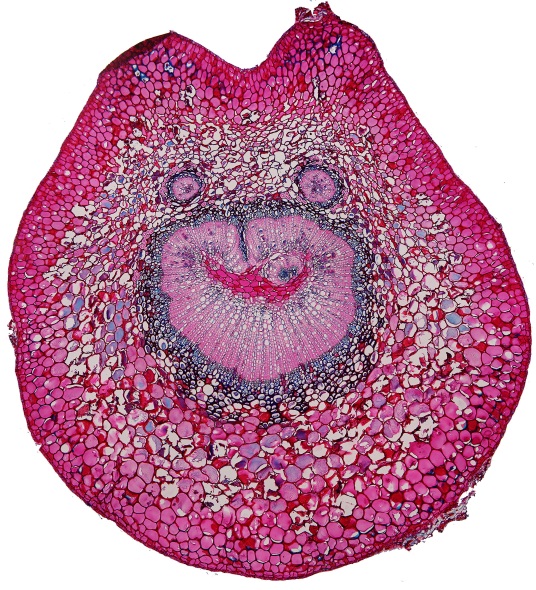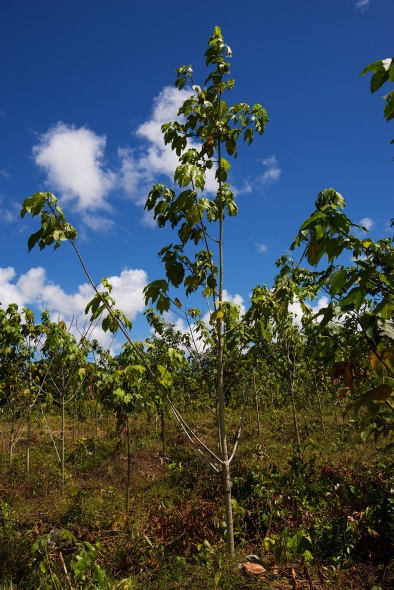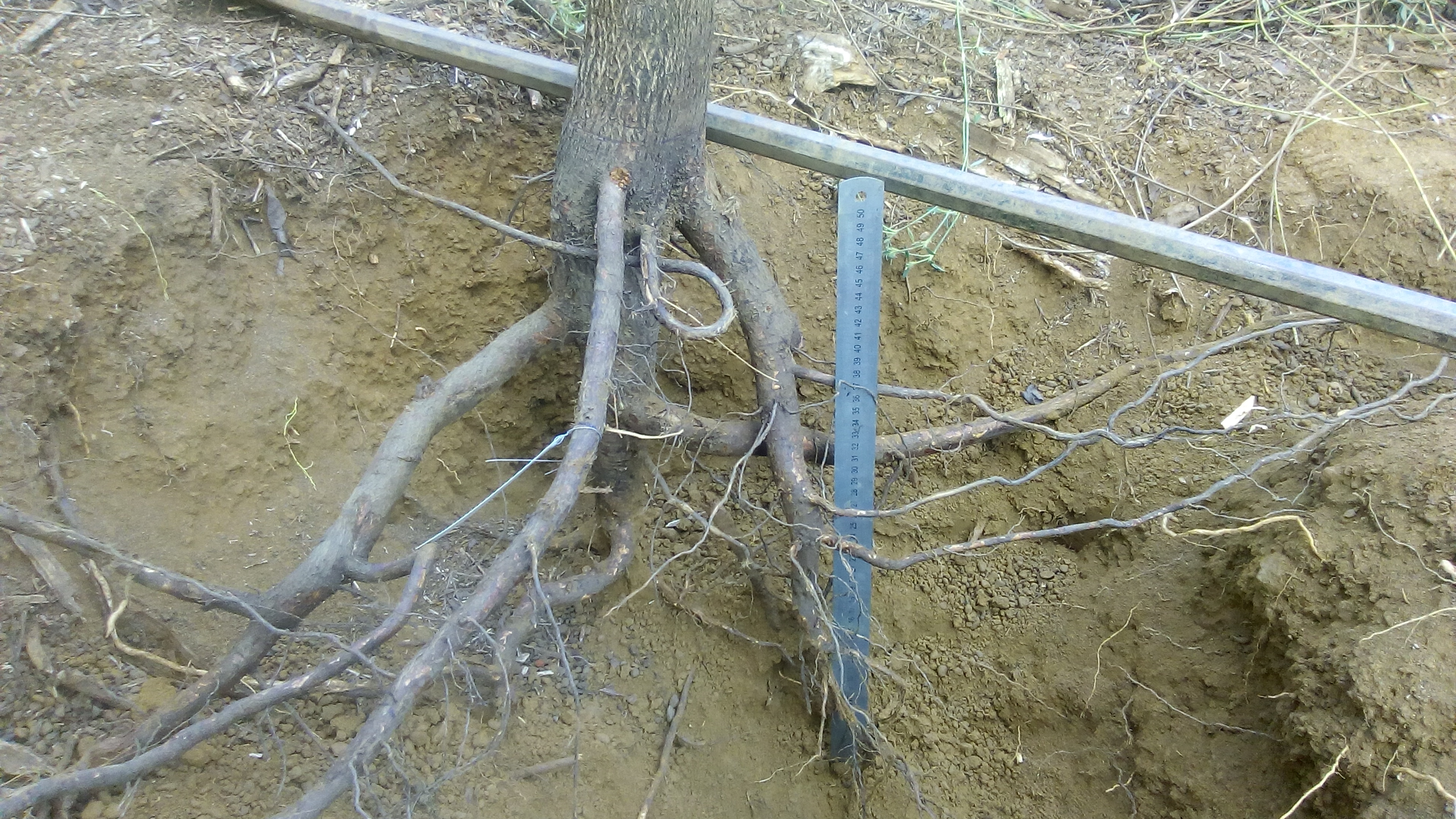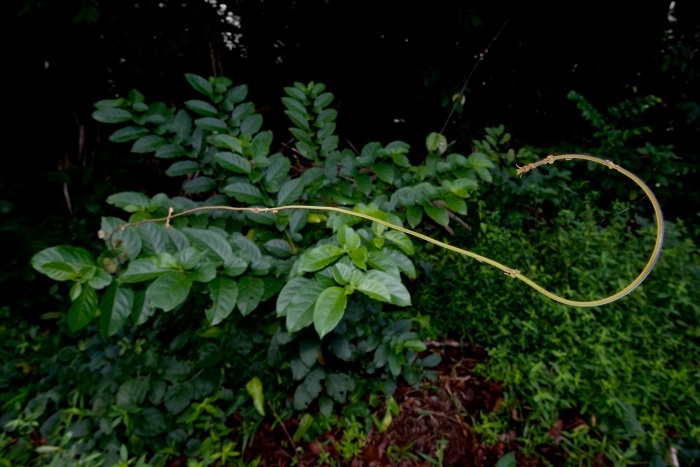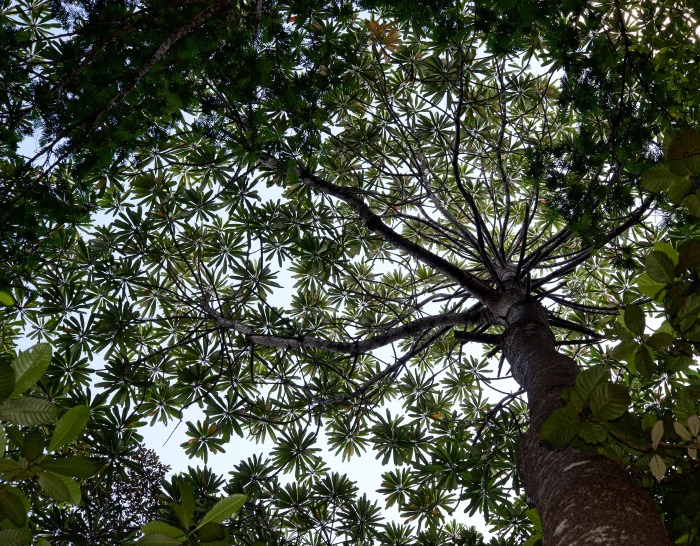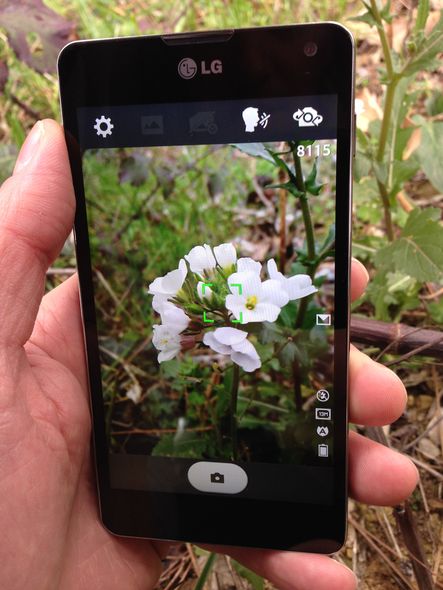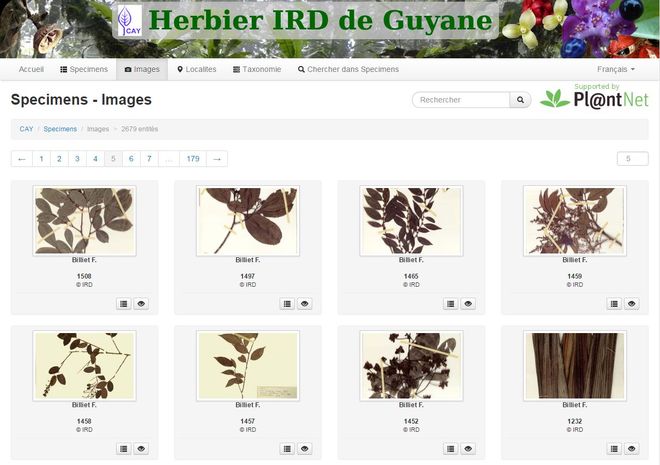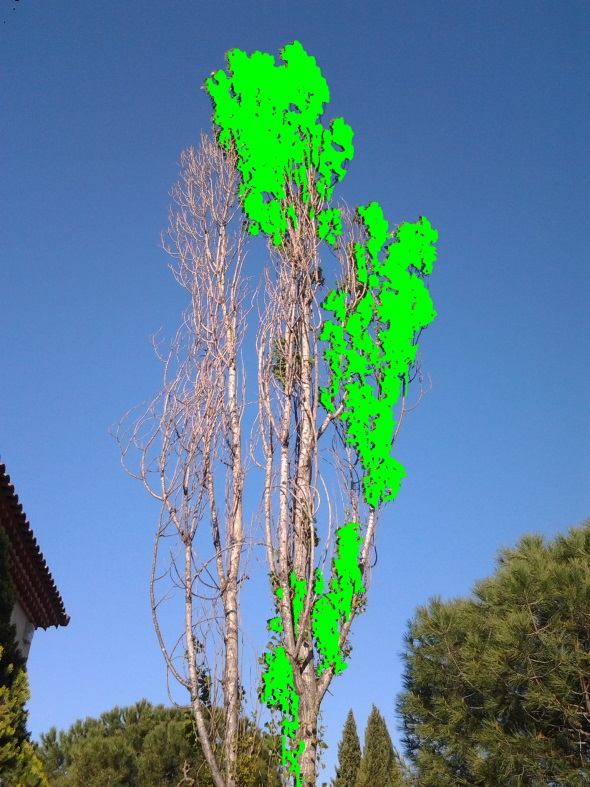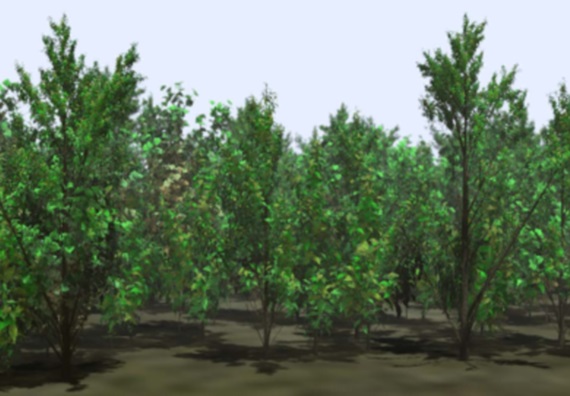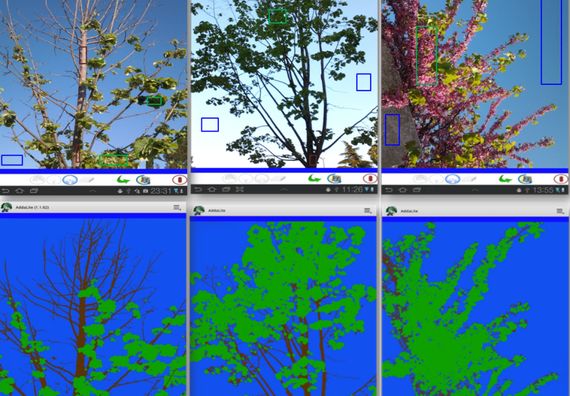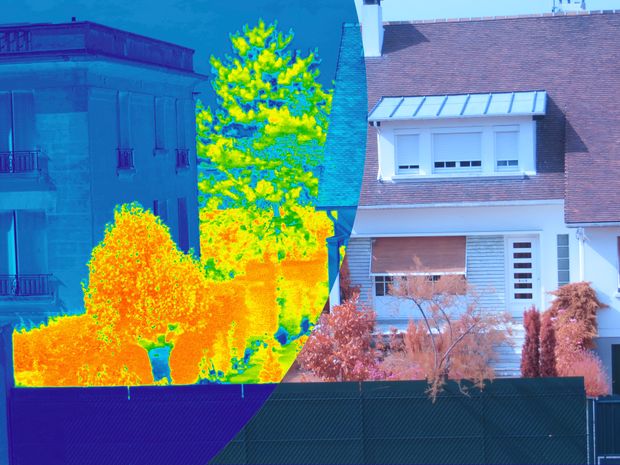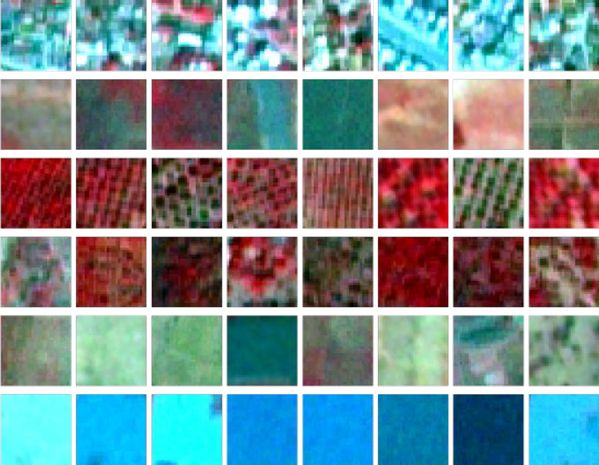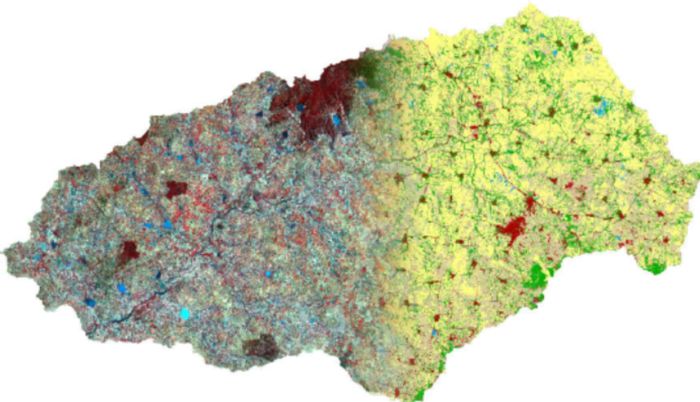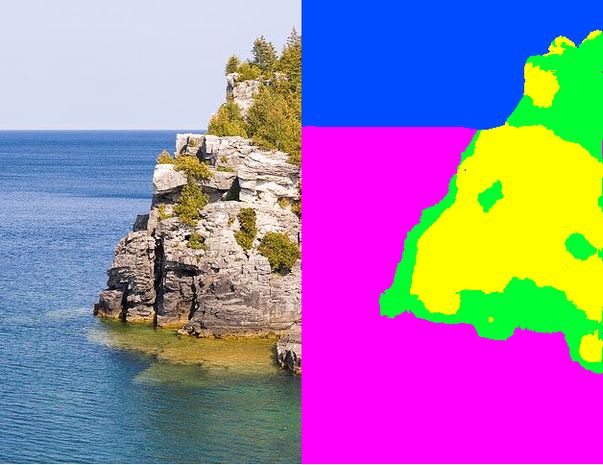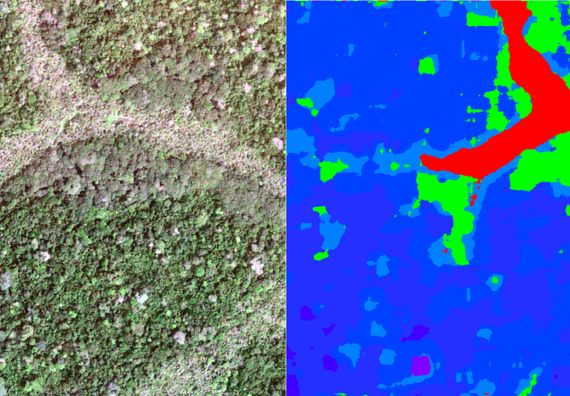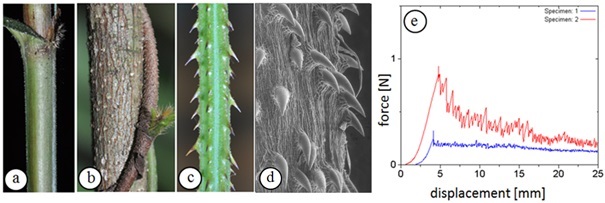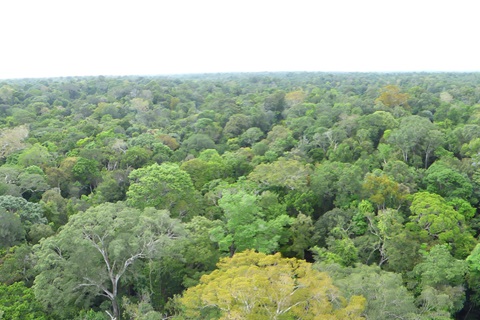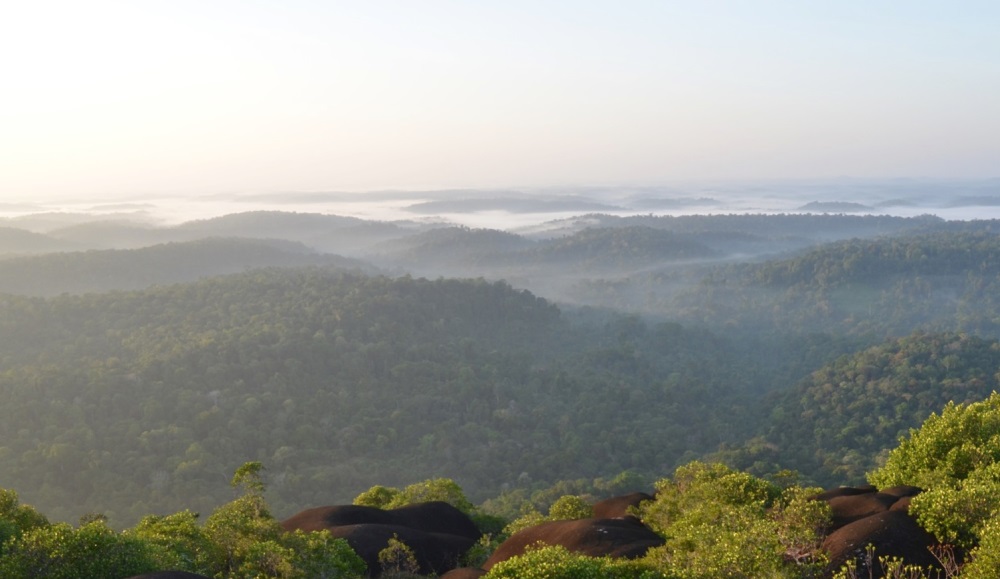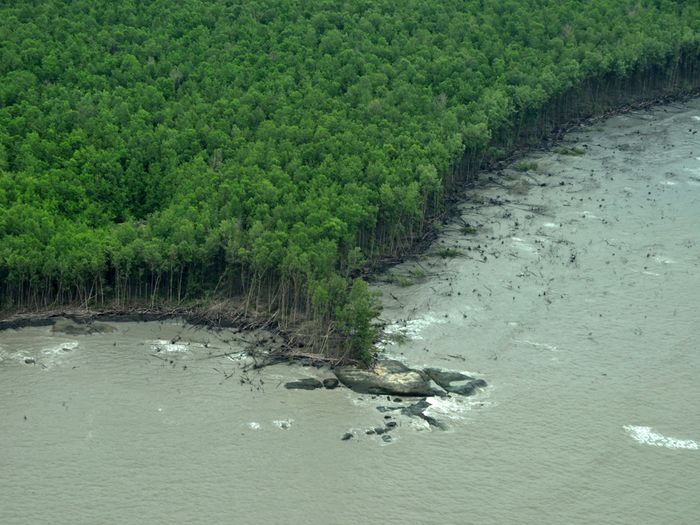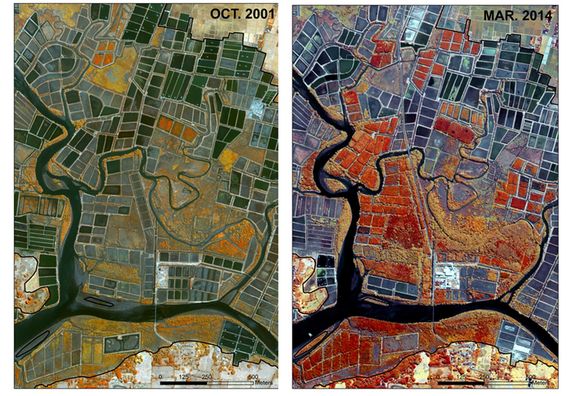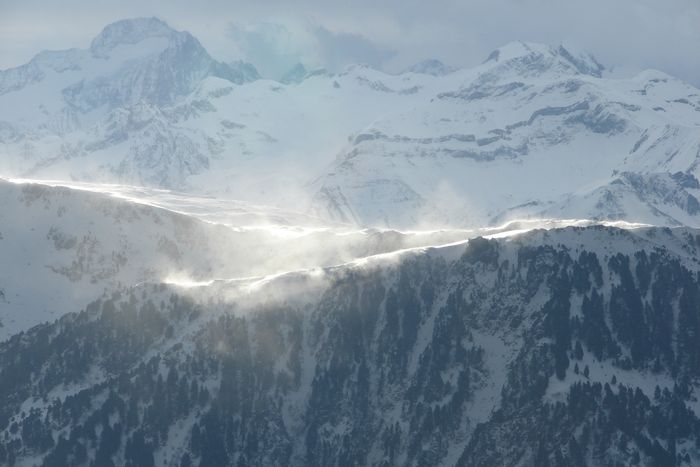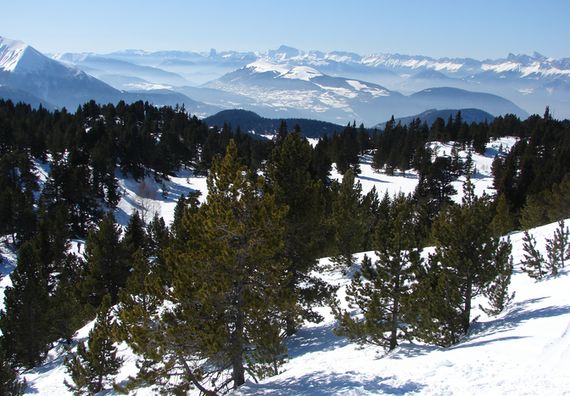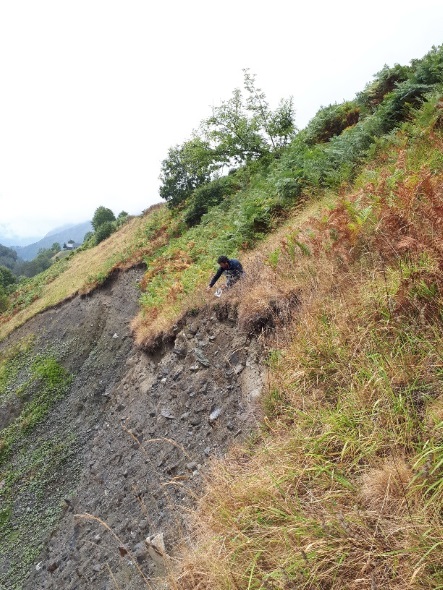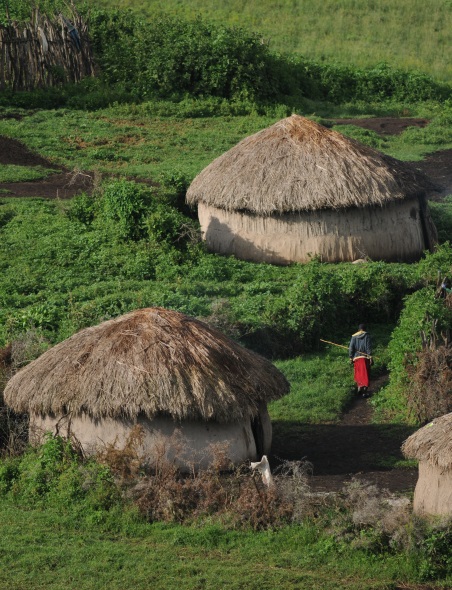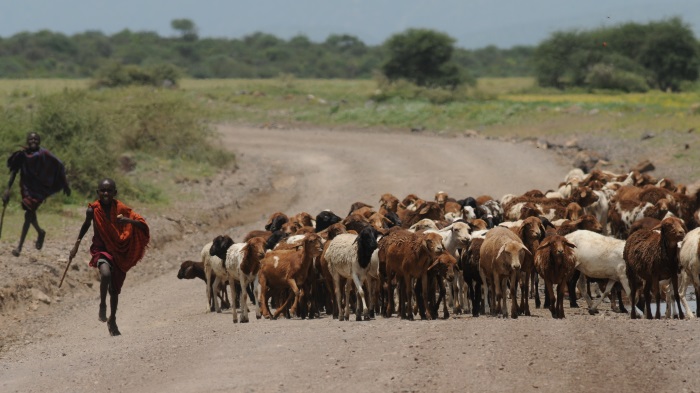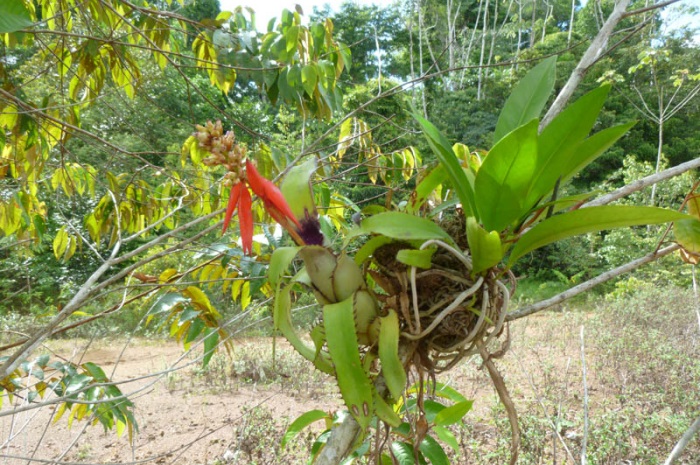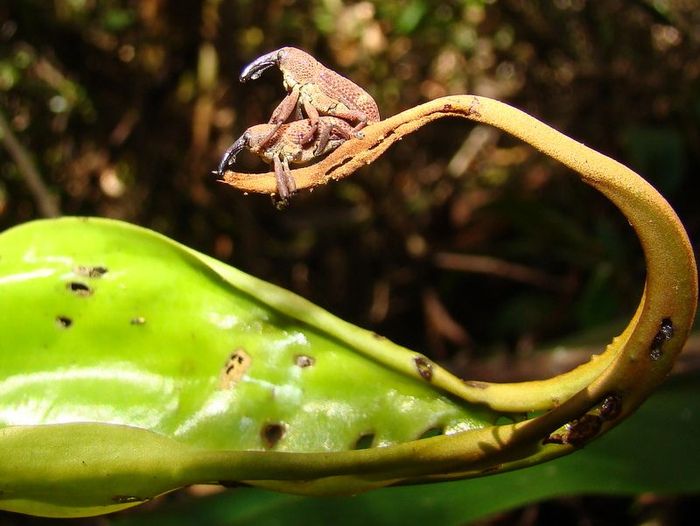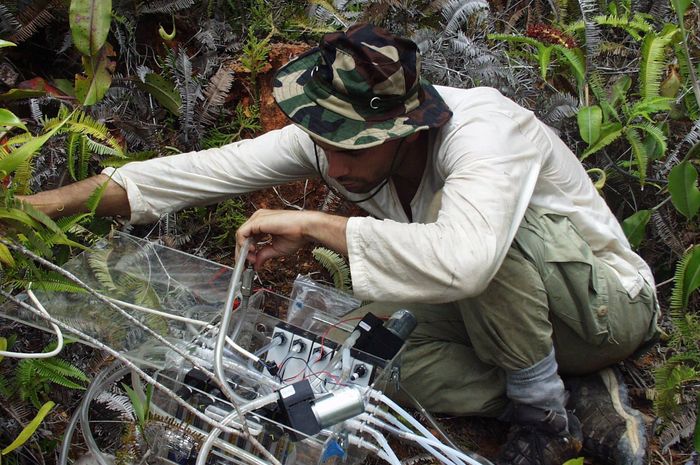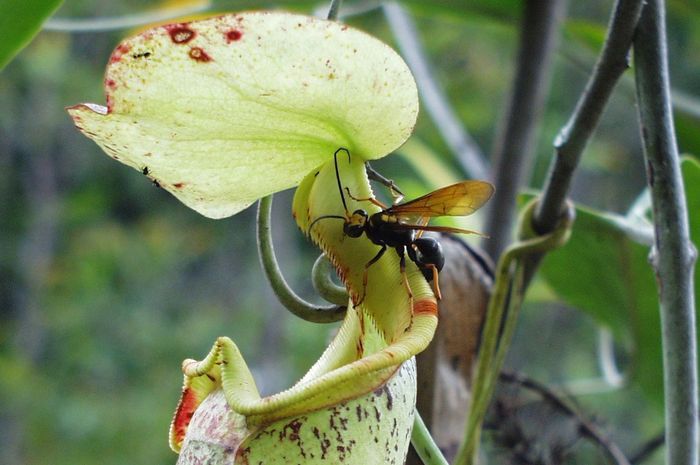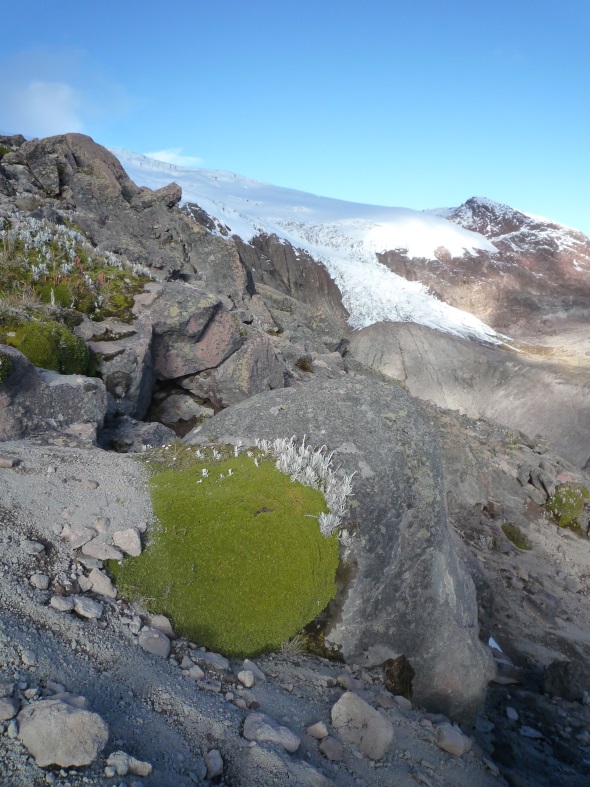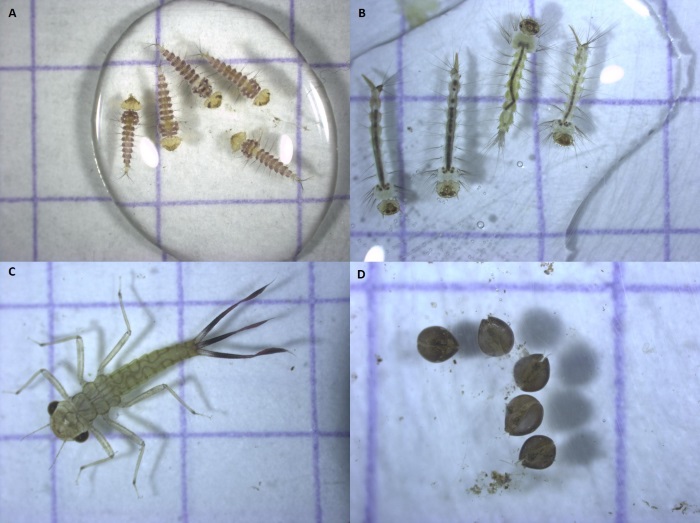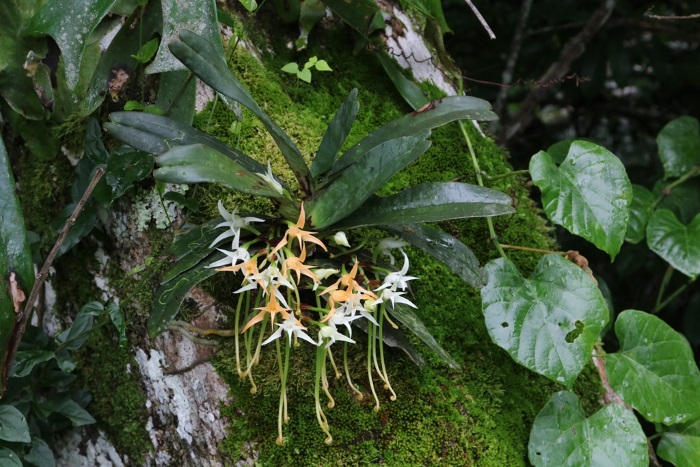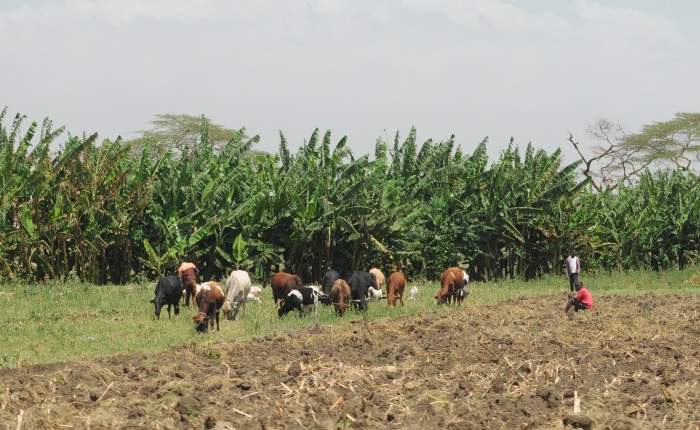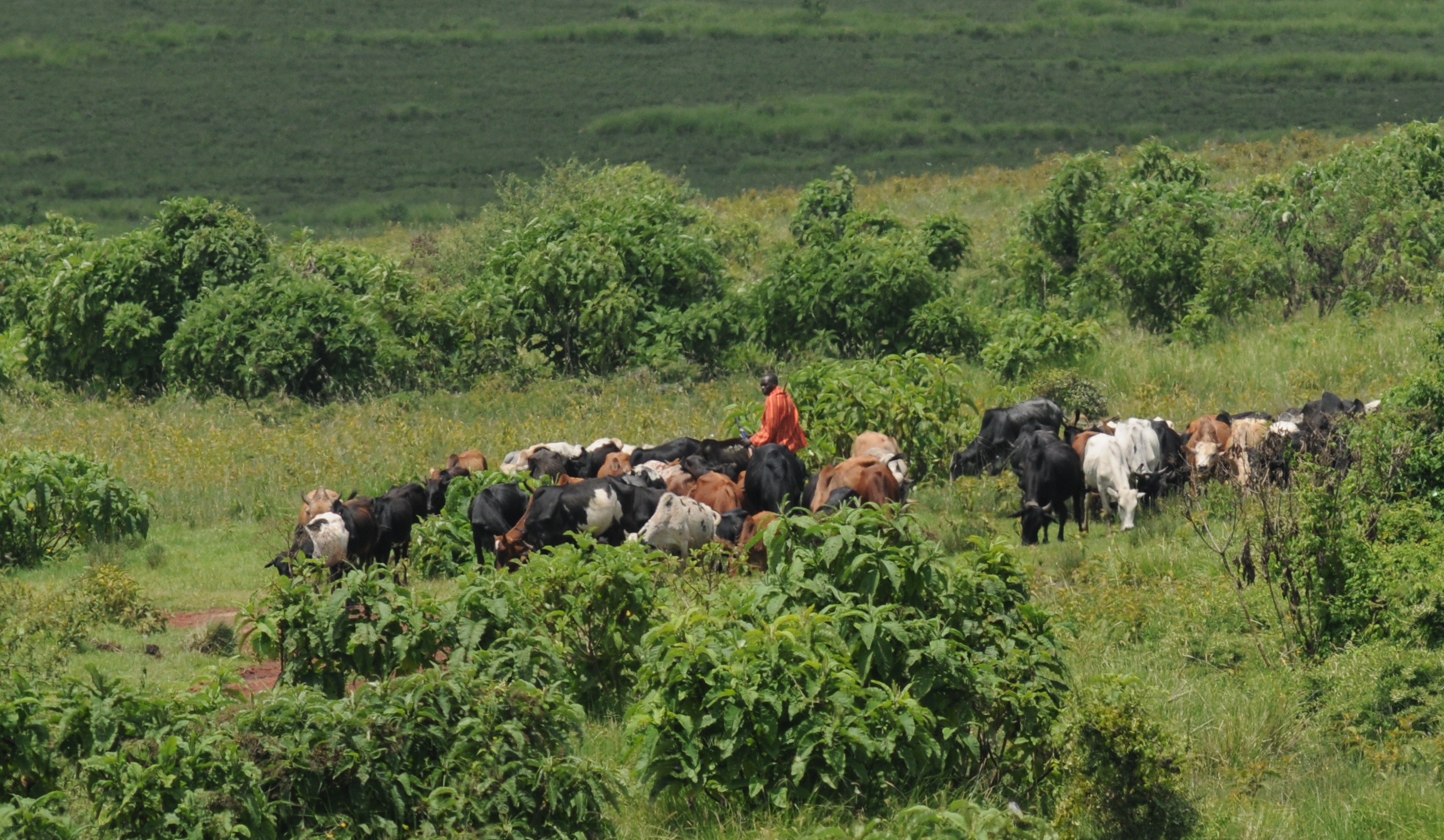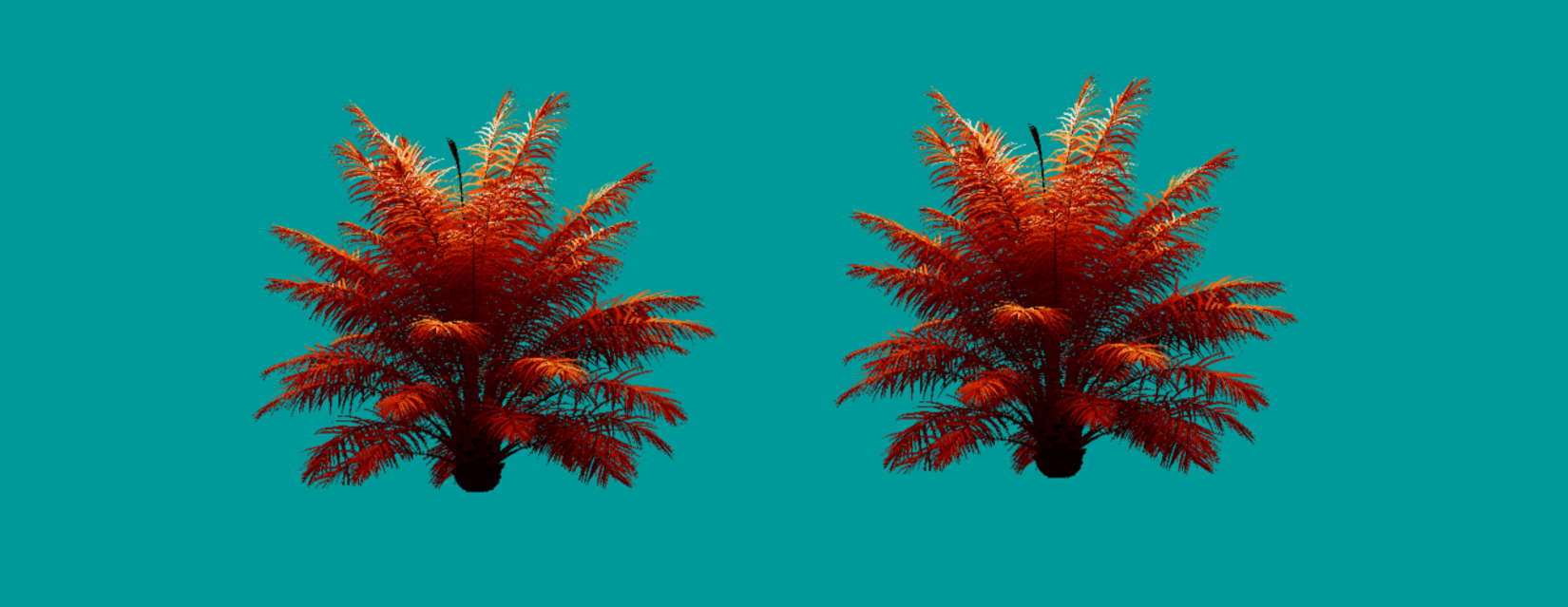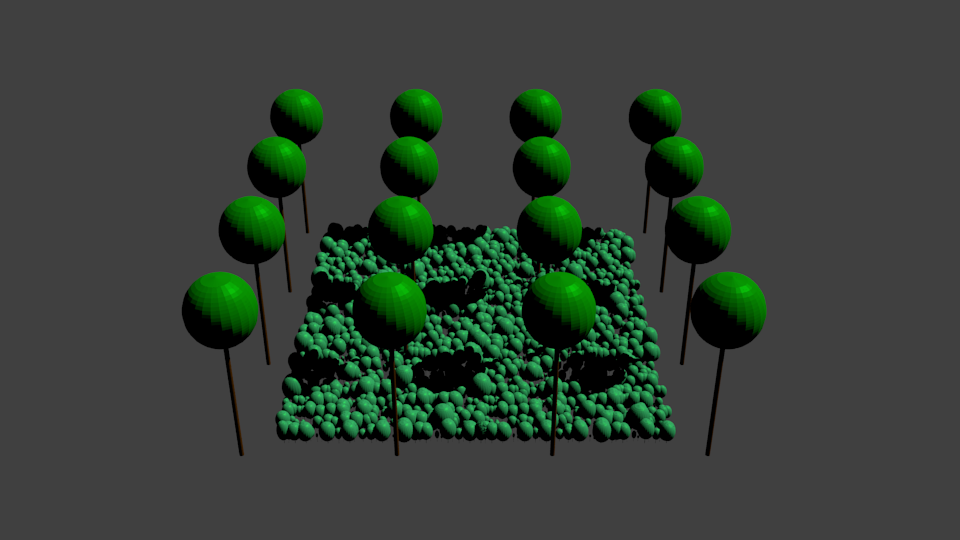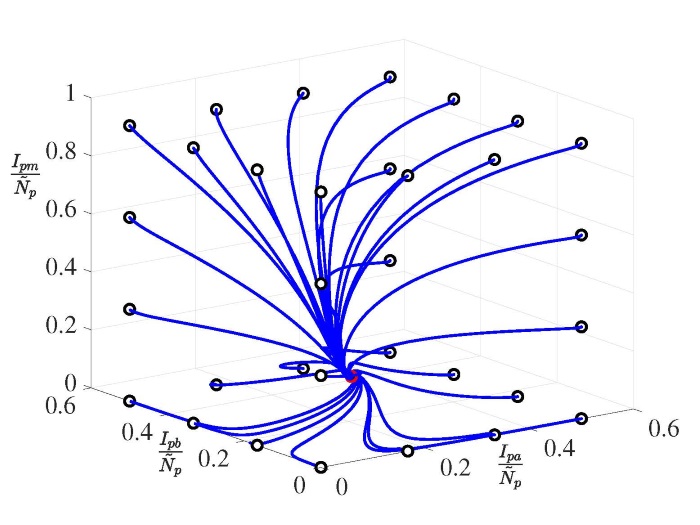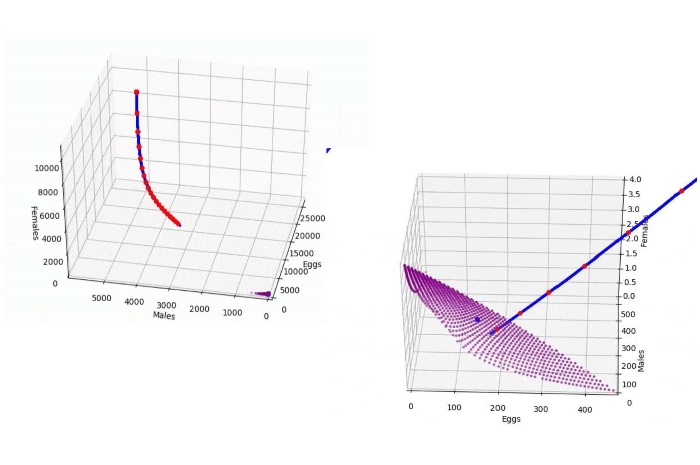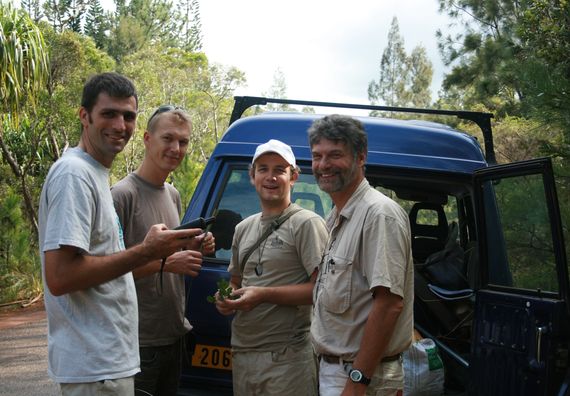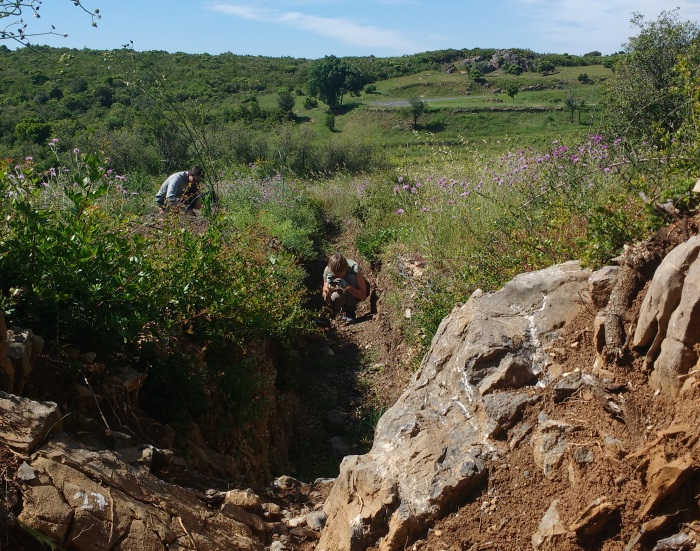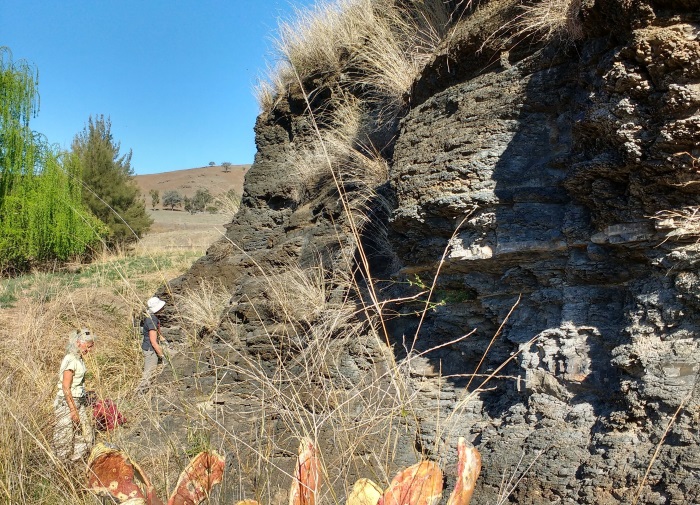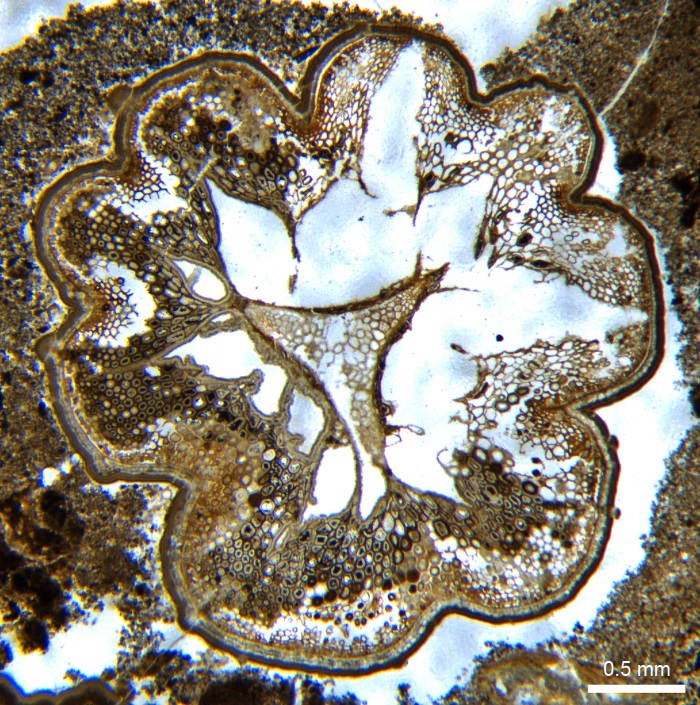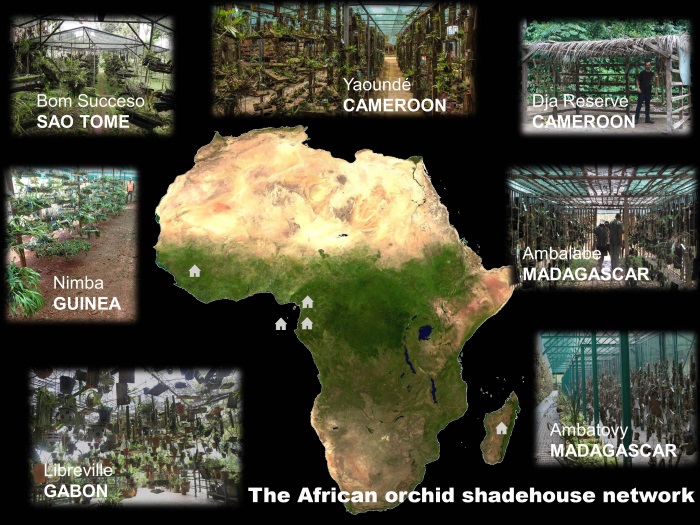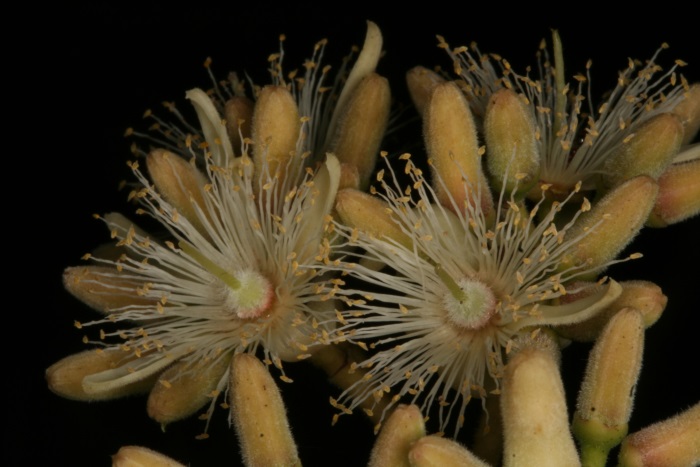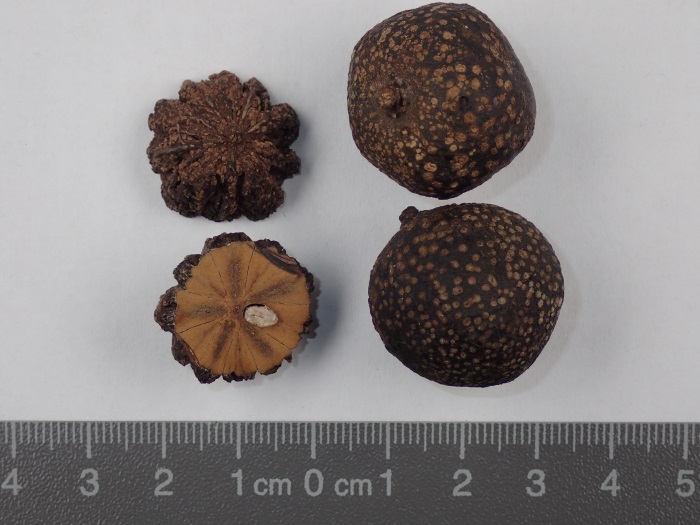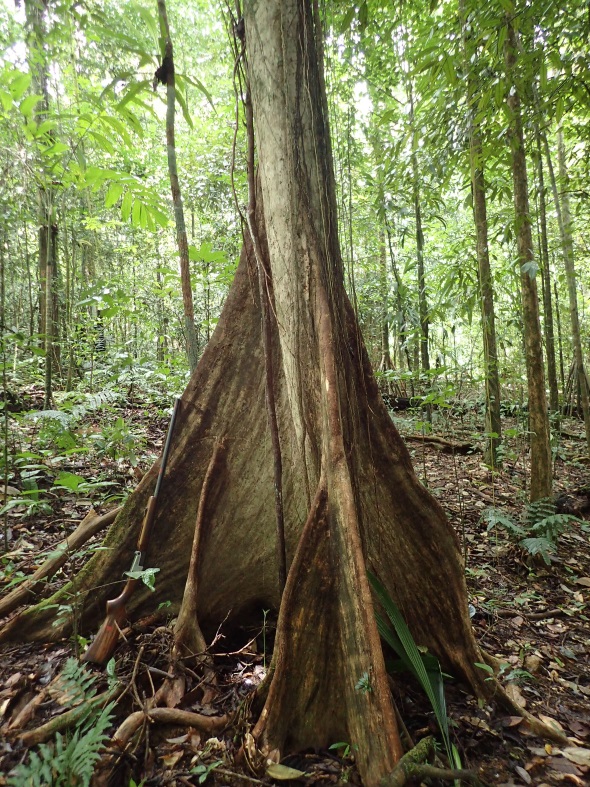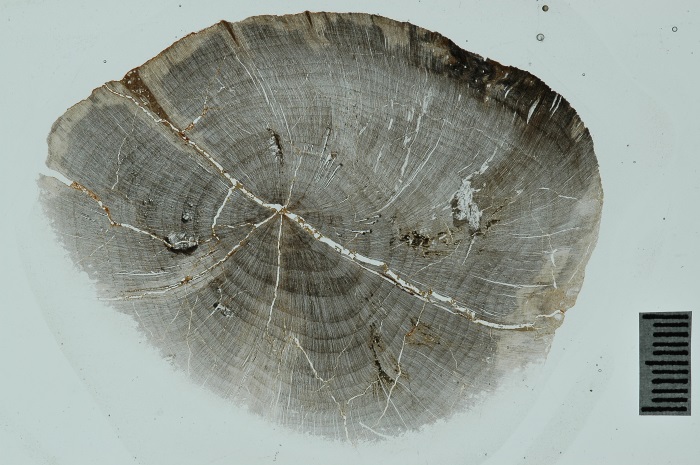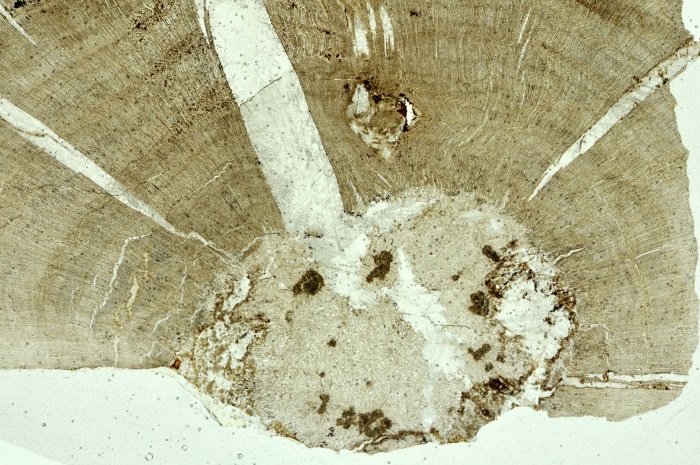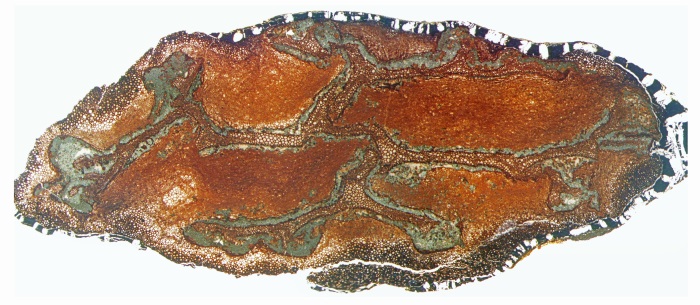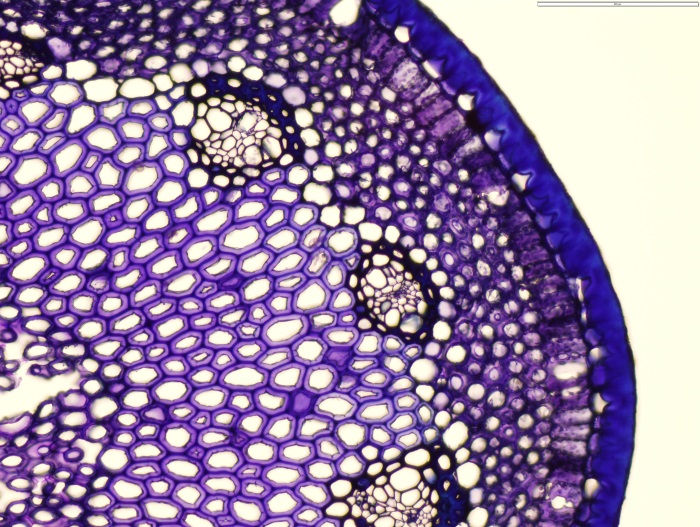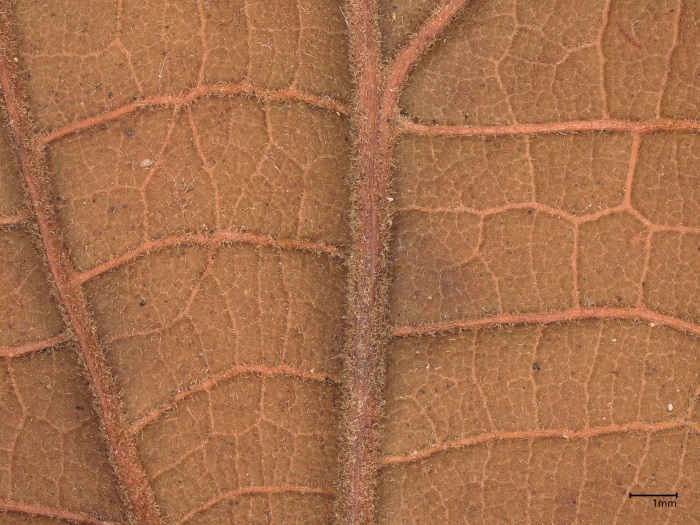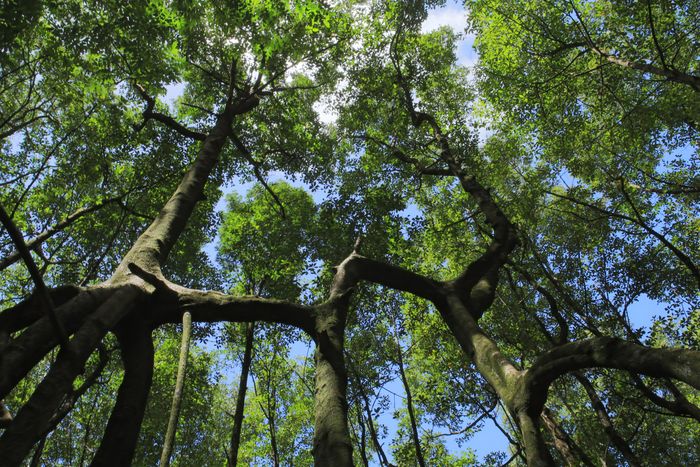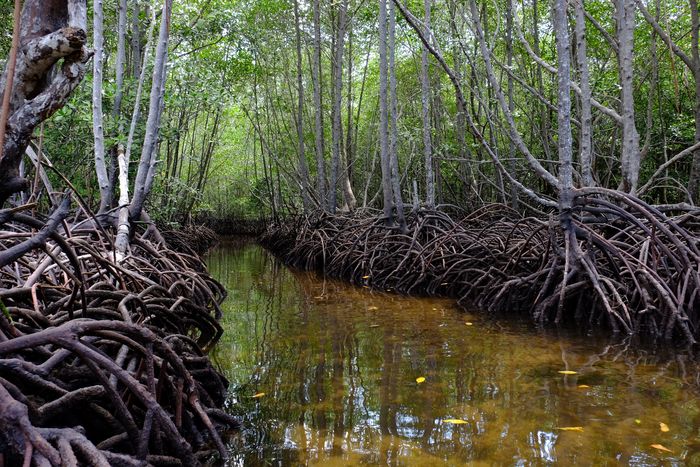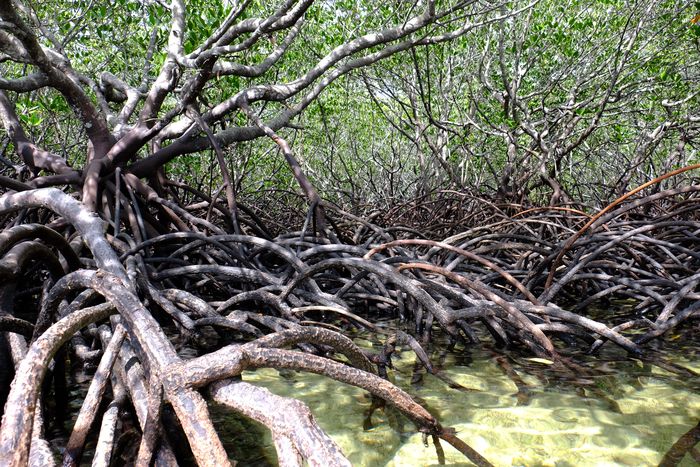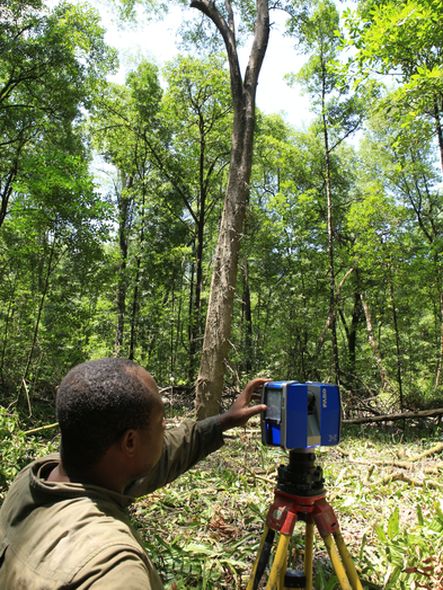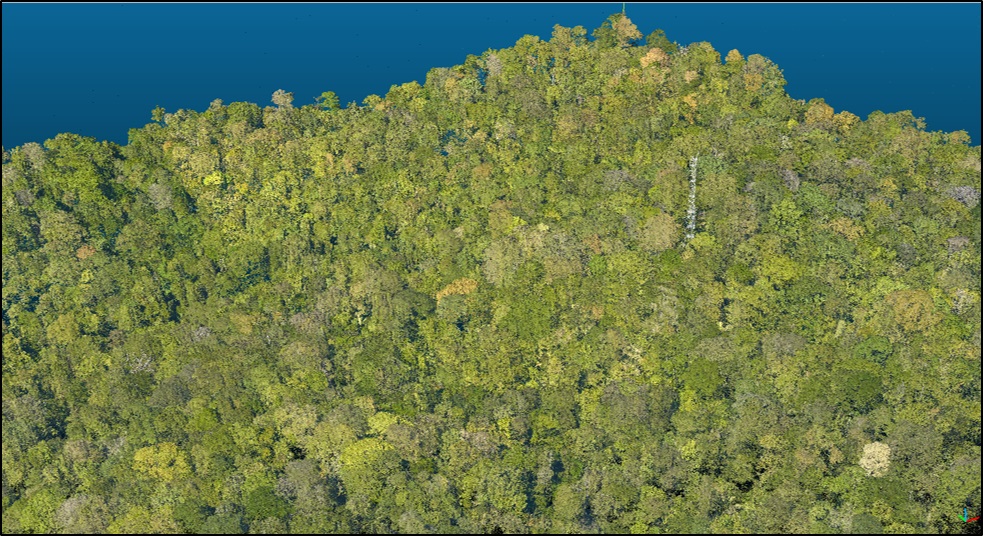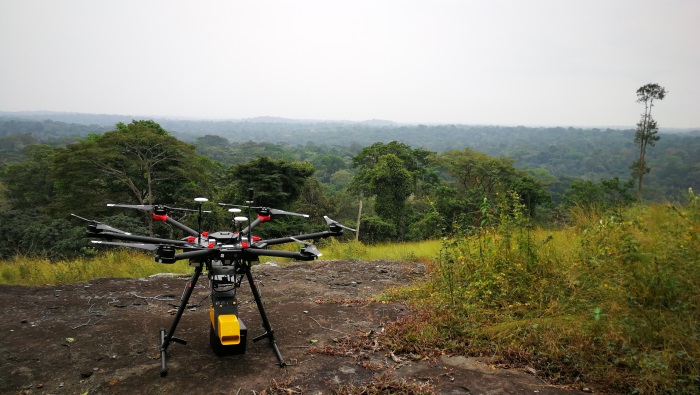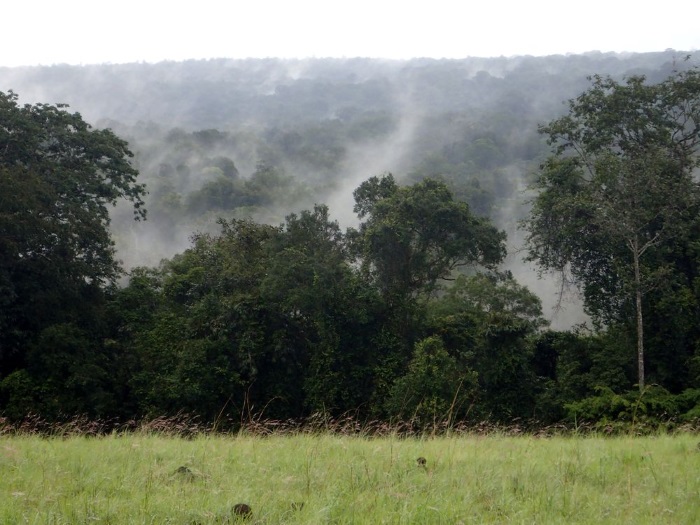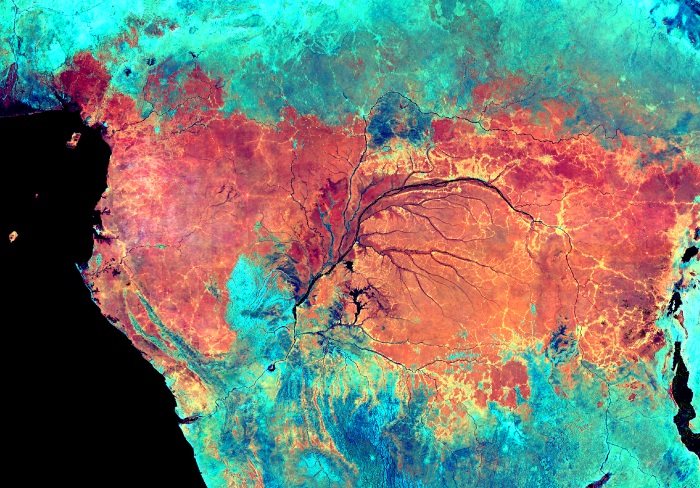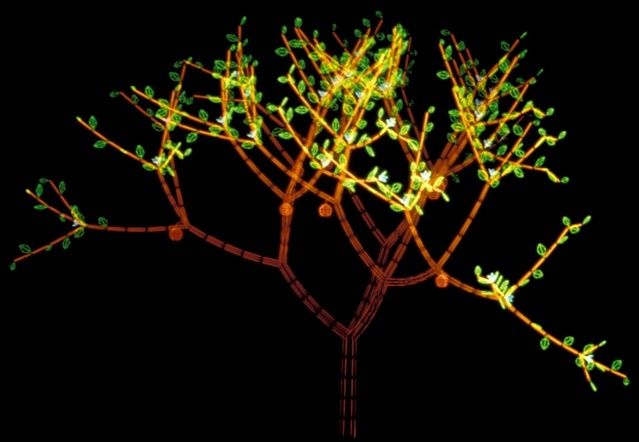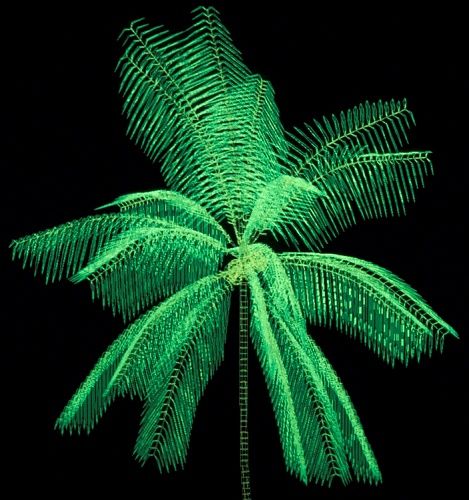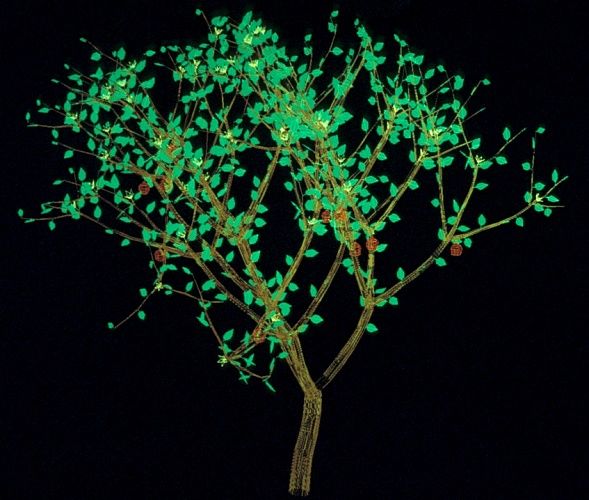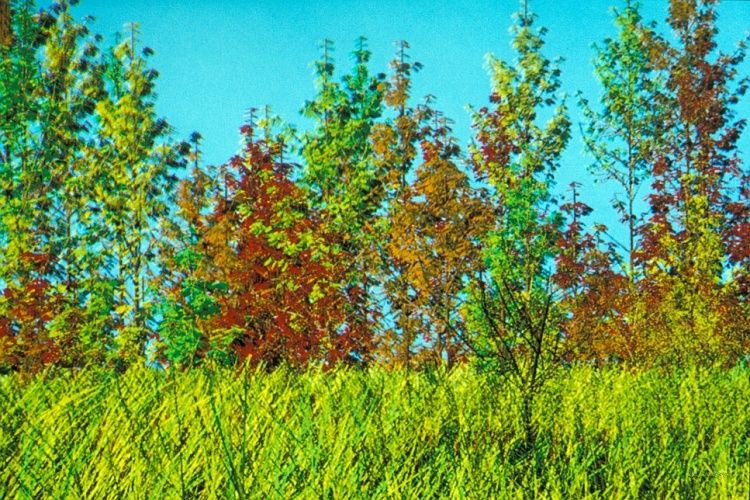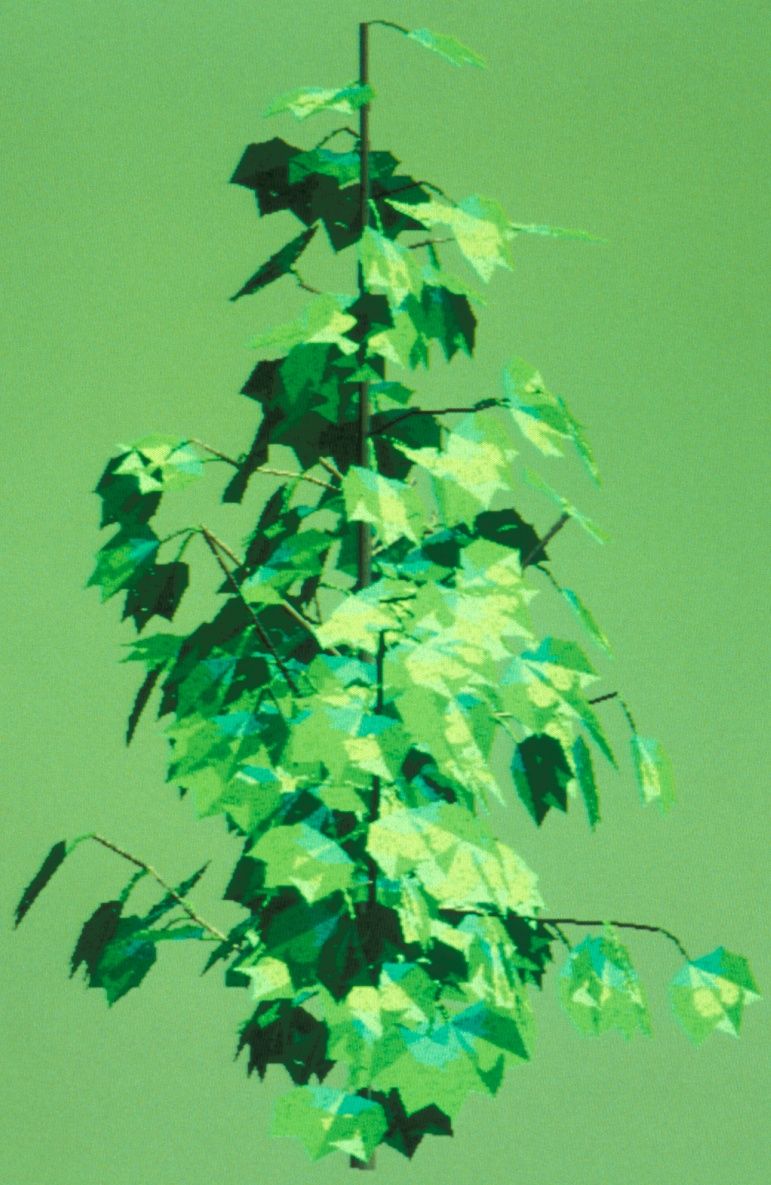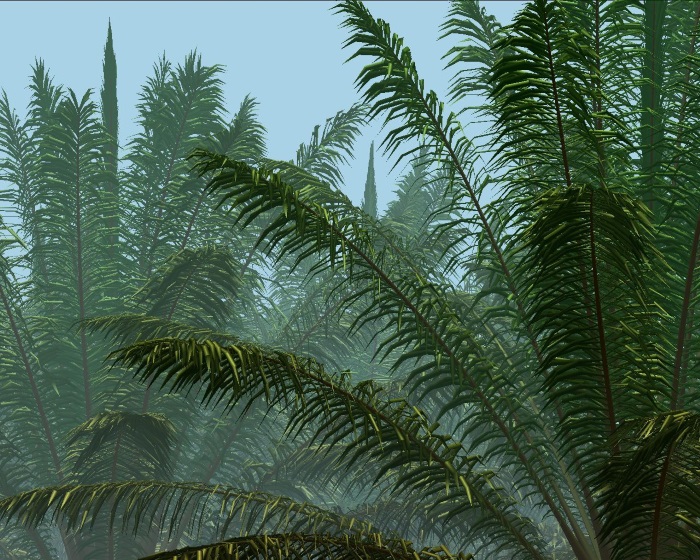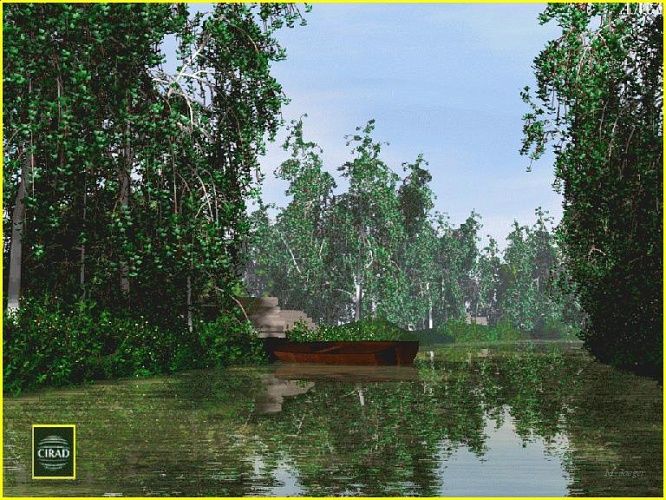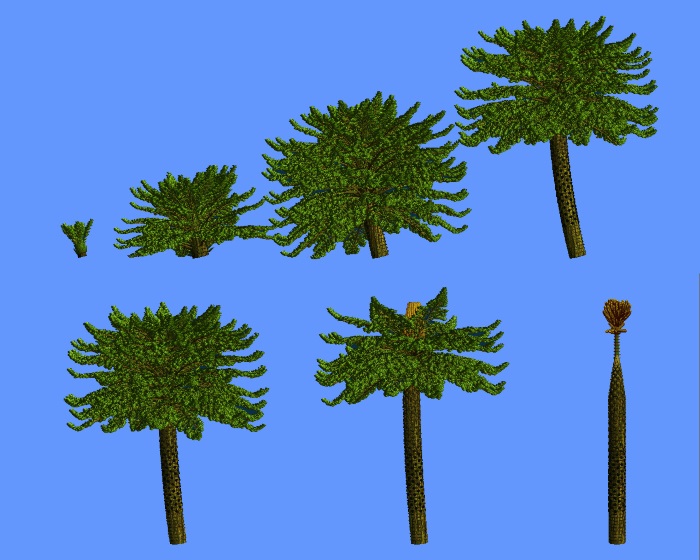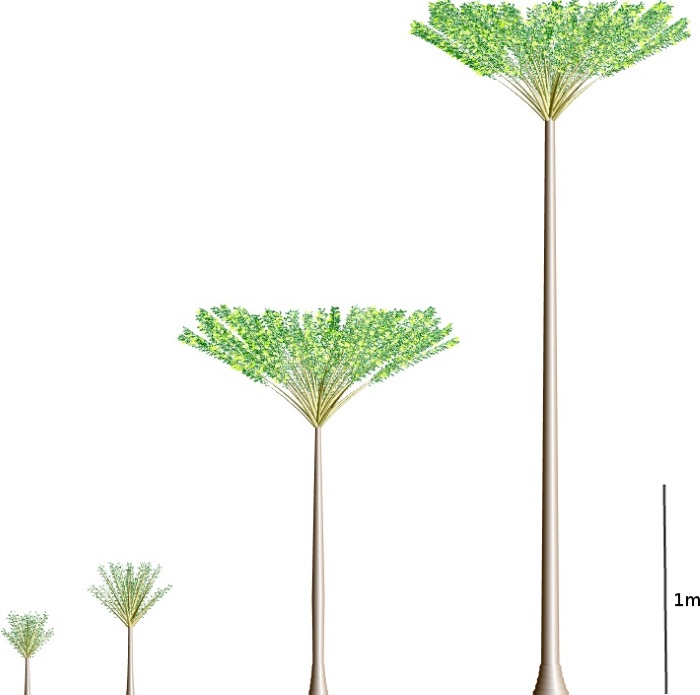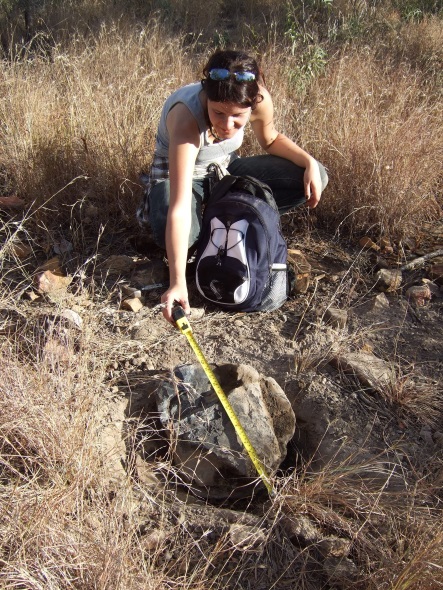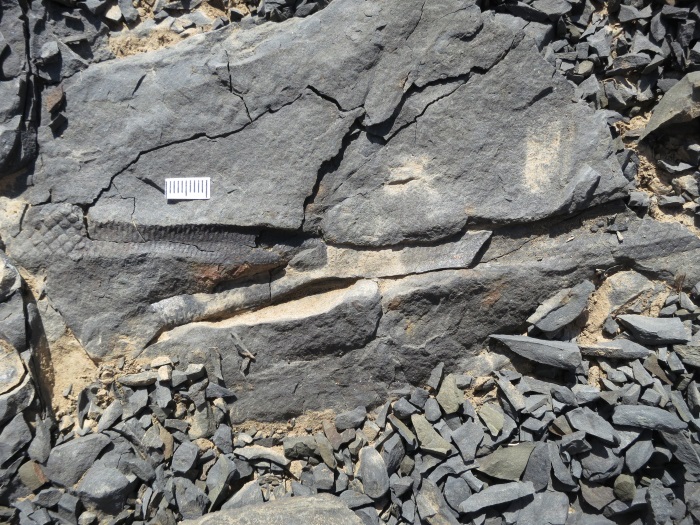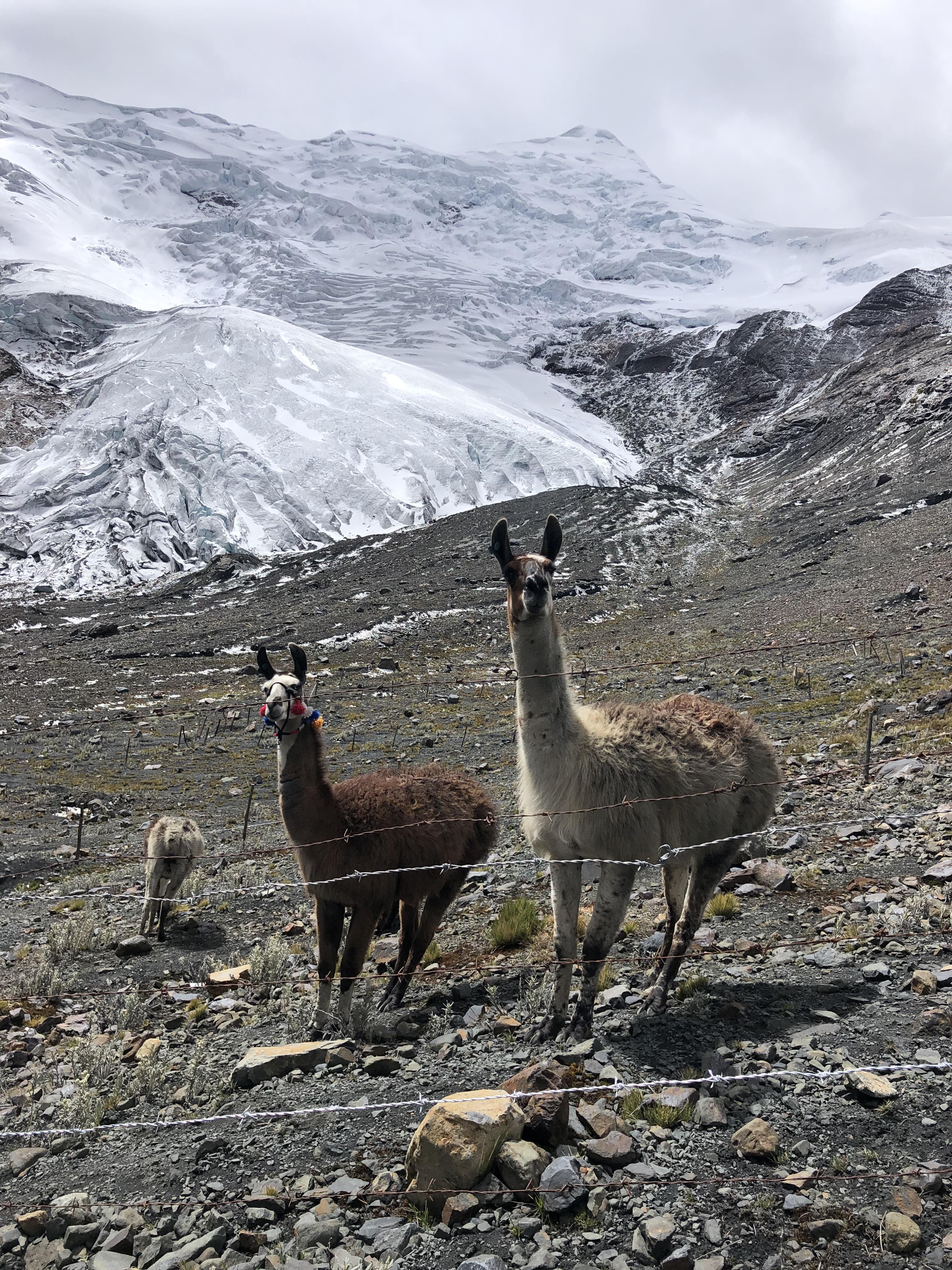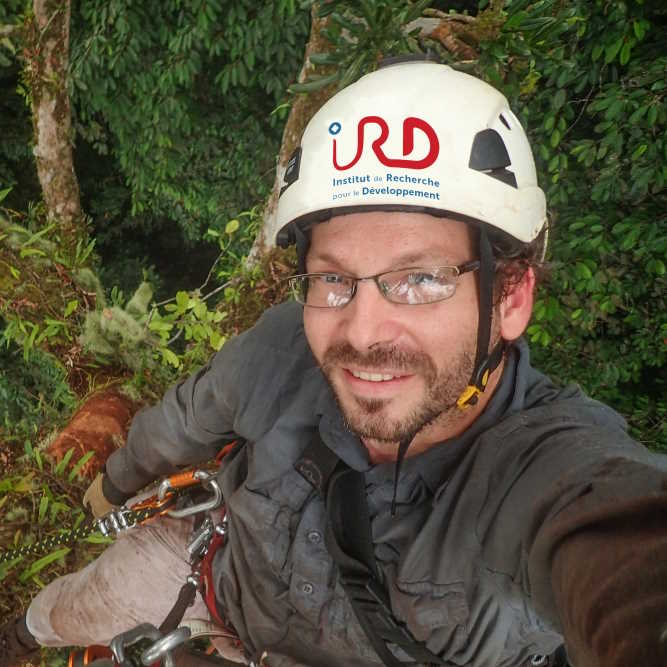INTERACTIONS - Biotic interactions, plant adaptation and ecosystem functioning
Keywords
The goal of our research is to understand the role of biotic interactions in the adaptation of plants to environmental stresses due to climate change, biological invasions and anthropogenic disturbances. Particular attention is paid to interactions with reciprocal benefits, such as plant-insect-microorganism mutualisms and plant-plant facilitation processes, and their roles in community functioning, diversity distribution and the resilience of the ecosystem as a whole.
At the individual plant level, our research aims to (1) assess the contribution of insect or microorganism partners to plant fitness, particularly through their protection, nutrition and pollination services, (2) characterise the traits developed by plants in response to environmental constraints, notably those related to the maintenance of a mutualistic or facilitating relationship with other species, (3) characterise the plasticity of these traits and the mechanisms underlying this plasticity (e. g. plasticity of leaf shape, production of lures in carnivorous plants).
At the plant community level, our research aims to measure (1) the nature and degree of interactions between plants along environmental stress gradients (tropical alpine regions, post-glacial chronosequences), (2) the role of mycorrhizae in facilitating interactions between plants and in the recovery of plant community after disturbance by road infrastructures (France), (3) the influence of these climatic, soil or anthropogenic gradients on the specific and functional diversities of plant communities (Mexico, French Alps). (4) the influence of human decisions and activities on the functioning of plant communities.
At the ecosystem level, our research on pitcher plants (Nepenthes in Southeast Asia, Sarracenia in America, bromeliads in Amazonia), which house a whole living micro- and entomofauna involved in interactions that facilitate plant nutrition and form model micro-ecosystems (fully countable, allowing many replications and diverse experimentations), aims to (1) understand the mechanisms of species assemblages, including facilitation processes, and biotic and abiotic determinants of diversity, (2) assess the impact of climate change on these vulnerable plants and their associated biodiversity, and (3), for applied purposes, draw inspiration from these specialised plants and their ecosystem services to develop traps for the control of pest and/or invasive species (e. g. tiger mosquito, Asian hornet). Our research also focuses on ecosystems on a broader scale and aims to understand the specific roles of biotic and abiotic interactions (fauna including the special place of humans, flora, soils, atmosphere) in their functioning and dynamics (stability/instability).
Our work uses methods for analysing morpho-functional traits (morpho-anatomy, odour analysis [headspace, GC-MS], colour [spectrometry]), plant-insect interaction mechanisms (behavioural tests of locomotion, attraction [olfactometry, electrophysiological response], vision models), ecosystem processes (network analysis, trophic interactions [stable isotopes]), experimentation under controlled conditions [in greenhouses, rain simulation, etc...], modelling of anthropic effects [agriculture and pastoralism]), and methods for analysing taxonomic and functional diversity (soil and root microbes [massive sequencing], arthropods and microorganisms associated with pitcher plants [taxonomic identifications], pollinating insects and pollination mechanisms [camera-traps]). Analyses of plant odour and insect electrophysiological response use the GC-MS and GC-EAD techniques available at the PACE (Plateforme d’Analyses Chimiques en Ecologie) of the LabEx CEMEB. The main field work sites are: in French Guiana on plant-insect-microorganism mutualisms and on the impact of climate change on the structure of aquatic communities and the ecosystem processes associated with tank bromeliads (LabEx CEBA); in metropolitan France on the use of natural lures of carnivorous plants to control the Asian Hornet (ANR I-site-MUSE-CARNIVESPA); in Central Africa and Madagascar on orchid-pollinator interactions/co-evolutions; in France and Mexico on underground ecosystem services produced by plant communities along altitudinal gradients (ANR ECOPICS); in Camargue and East Africa on the long-term functioning and development of highly disturbed socio-ecosystems; in Bolivia and Colombia on plant-plant interactions in tropical alpine environments (LMI BIO-INCA).
| Acronym | Title | Duration |
|---|---|---|
| BARCODRAIN | Développements méthodologiques pour l’utilisation de l’ADNe d’eaux de pluies pour le suivi de la biodiversité de la canopée et des sols en milieu tropical Porteur : Amaya IRIBAR (EDB) | 2023 - 2025 |
| eco2adapt | Ecosystem-based Adaptation and Changemaking to Shape, Protect and Maintain the Resilience of Tomorrow’s Forests Porteur : Alexia STOKES | 2023 - 2027 |
| FLORAPYR 3D | Coopérer pour surveiller et conserver la flore pyrénéenne Porteur : Yann HELARY (CBNPMP) | 2024 - 2027 |
| INTERACTIF | Interactive effects of deforestation and climate change on neotropical freshwater ecological networks and ecosystem multifunctionality Porteur : Céline LEROY | 2021 - 2024 |
| LWI | Life Without Ice Porteurs : Olivier DANGLES (IRD, UR 072) / Sophie CAUVY-FRAUNIE (INRAE) | 2020 - 2026 |
| MICROECO | Diversity, Ecosystem Services of the Soil Microbiome and Ecosystem Conservation Porteur : Frank BERNINGER (UEF) | 2023 - 2026 |
| VANILLA | Conservation and reproductive biology of the giant leafless Vanilla atsinananensis, endemic to the highly threatened eastern lowland forests of Madagascar Porteur : Vincent DROISSART | 2024 - 2026 |
AYDOGDU Ahmet 2023 - 2026. Interaction entre le sol et les racines et impact sur le stock de carbone du sol. Ecole doctorale : GAIA / Université de Montpellier. Dir : STOKES Alexia / Co-dir. : MAO Zhun
BIVAUD Lucie 2023 - 2026. Le réchauffement climatique souffle-t-il le chaud ou le froid sur les plantes de haute montagne ? Réduction du couvert neigeux, plantes nurses, et adaptations au froid en latitudes tempérées et tropicales. Ecole doctorale : GAIA / Université de Montpellier. Dir : ANTHELME Fabien
DIAZ AGUIRRE Maria Daniela 2024 - 2026. Dynamique de succession dans les environnements postglaciaires des Andes.. Ecole doctorale : Ecole Doctorale Sud / Universidad de los Andes. Dir : ANTHELME Fabien
MESSADO KAMGA Lydie 2021 - 2024. Pollination network, floral scent specificity and overall floral trait diversity in three natural orchid communities in Cameroon. Ecole doctorale : Sciences de la Vie, Santé et Environnement / Université de Yaoundé I, Cameroun. Dir : DROISSART Vincent
- AIDA (UR CIRAD), Pascal Marnotte (Malherbologie), Aude Ripoche (Modélisation)
- CEFE, Montpellier, Doris Gomez (CNRS, Vision animale), Olivier Dangles & Catherine Roumet (Ecologie fonctionnelle)
- ECO&SOLS, Montpellier, Tanguy Daufresne (Sols et stœchiométrie).
- Emmah, équipe Swift, INRAE Avignon, Claude Doussan (Sciences du sol)
- ENSChimie, Montpellier Jean-Marie Bessière (Odeurs)
- HortSys (UR Cirad), équipe ECOS, Emile Faye (Agroécologie)
- IBENS, Paris, Lucie Zinger (Metabarcoding)
- IGE, Grenoble, France, Antoine Rabatel & Thomas Condom (Glaciologie, hydrologie)
- INRIA, équipe Zenith, consortium Pl@ntNet, Alexis Joly & Jean-Christophe Lombardo (Informatique)
- IPME (IRD-Cirad-UM), EquipeCeffeeAdapt: Benoit Bertrand (Production fruitière)
- ISEM, Montpellier, équipes BioDicée, Vincent Devictor, Sonia Kéfi… (Biodiversité) et Paléo-environnement, Christelle Hély, Allowen Ervin (Ecosystèmes).
- ITAP (INRAe-SupAgro), Vincent De Rudnicki (Electronique), Christophe Guizard (Vision), Gilles Rabatel (Imagerie hyperspectrale, drone)
- Laboratoire Ecologie Fonctionnelle et Environnement, Toulouse, Régis Céréghino (Invertébrés aquatiques), Vincent Jassey (Ecologie fonctionnelle), Joséphine Leflaive (Microbiologie), Arthur Compin (Invertébrés aquatiques)
- LECA, Grenoble, France, Philippe Choler & Sebastien Lavergne (Ecologie)
- LIRMM, équipe ICAR (CNRS/UM), Gérard Subsol & Marc Chaumont (Imagerie)
- LMGE, Université Clermont-Auvergne, Jean-François Carrias (Microbiologie), Bruno Corbara (Entomologie)
- LRSV, Toulouse, Nathalie Séjalon-Delmas (Symbiose mycorhizienne), Virginie Pueh-Pages (Métabolomique)
- MNHN (UMS 2006 Patrimoine naturel), Paris, Quentin Rome (Espèces invasives)
- MNHN/ISYEB, Paris, Claire Villemant, Rodolphe Rougerie (Entomologie), Florent Martos (Orchidées, écologie chimique, mycorhize)
- Parc National des Ecrins, Gap, France, Cedric Dentant (Botanique)
- SELMET, Vincent Blanfort (Agrostologie)
- Unité Abeilles et Environnement (INRAe), Avignon, Yves Leconte (Abeilles, écologie chimique)
French Guiana
- ECOFOG, Kourou, Heidy Schimann (INRAE, écologie des communautés microbiennes), Sabrina Coste (Ecophysiologie des plantes), Clément Stahl (INRAE, écophysiologie des plantes), Jérôme Orivel (Entomologie), Eliane Louisanna (Biologie moléculaire), Valérie Troispoux (biologie moléculaire)
Central and South America
- Herbier National, La Paz, Bolivie, rosa Isela Meneses (Botanique, écologie)
- TEC (Technologico de Costa-Rica), Erick Mata-Montero (Biodiversité et informatique)
- Université de Sao Paulo, Brésil (Ecophysiologie des plantes)
- Université des Andes, Bogota, Colombie, Gwendolyn Peyre (Ecologie, biogéographie)
USA
- Missouri Botanical Garden, Tariq Stévart (phénologie, biologie de la reproduction orchidées)
- University of California, Santa Barbara, Susan Mazer (Ecologie évolutive et génétique)
- University of California,, Los Angeles, Thomas Smith, Vincent Deblauwe (Camera trap)
- University of Florida, IdigBio, Pamela Soltis (Evolution des plantes)
Africa
- CNRA Côte d’Ivoire, Etienne Téhia (Malherbologie)
- Kenya Forest Service (KFS, Conservation et gestion des ressources forestières)
- Kenya Marine and Fisheries Research Institute (KMFRI, conservation et gestion des ressources marines)
- Nelson Mandela Institute, Arusha Tanzanie, Anna Tredtde (Ecologie des savanes et écosystèmes tropicaux).
- Université d’Accra, Ghana (Agro-pastoralisme)
- Université de Yaoundé 1, Cameroun, Bonaventure Sonké (phénologie, biologie de la reproduction orchidées)
Asia
- UBD, University of Brunei Darussalam, Brunei, David Marshall (Biodiversité aquatique)
- Strand Life Science, Inde, P. Rajagopal et T. Vattakeven (Développement de portails collaboratifs)
- USTH Hanoï, Vietnam (Ecologie des sols)
International laboratories
- Bromeliad Working Group (réseau de chercheurs européens, nord et sud-américains travaillant sur les réseaux trophiques aquatiques des broméliacées à réservoirs d’eau (https://www.zoology.ubc.ca/~srivast/bwg/)
- LMI BIOINCA, Colombie
- LMI DYCOFAC, Cameroun
- LMI LUSES (Vietnam, Laos, Thailande)
- ropics Vietnam (réseau d’observatoires https://mtropics.obs-mip.fr/fr/stations-and-acquisition-parameters-fr/vietnam-dong-cao-catchment-fr/ )


